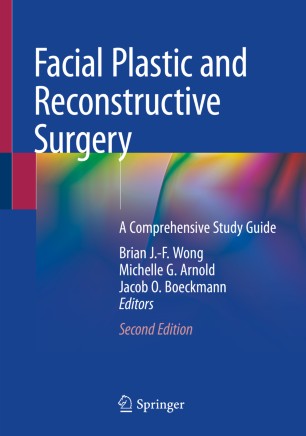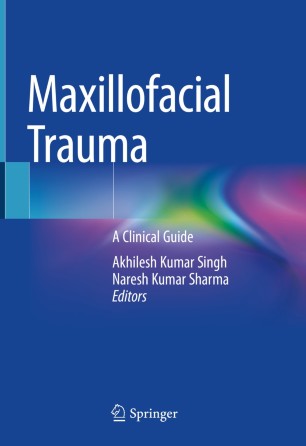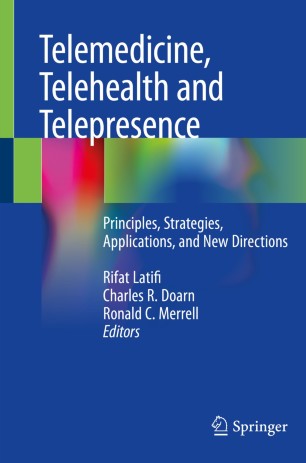New eBooks
Statistical Design and Analysis of Biological
Experiments / edited by Hans-Michael Kaltenbach
Springer
Nature Switzerland AG 2021
“This richly illustrated book provides an overview of the design and analysis of experiments with a focus on non-clinical experiments in the life sciences, including animal research. It covers the most common aspects of experimental design such as handling multiple treatment factors and improving precision. In addition, it addresses experiments with large numbers of treatment factors and response surface methods for optimizing experimental conditions or biotechnological yields.
The book emphasizes the estimation of effect sizes and the principled use of statistical arguments in the broader scientific context. It gradually transitions from classical analysis of variance to modern linear mixed models, and provides detailed information on power analysis and sample size determination, including ‘portable power’ formulas for making quick approximate calculations. In turn, detailed discussions of several real-life examples illustrate the complexities and aberrations that can arise in practice.
Chiefly intended for students, teachers and researchers in the fields of experimental biology and biomedicine, the book is largely self-contained and starts with the necessary background on basic statistical concepts. The underlying ideas and necessary mathematics are gradually introduced in increasingly complex variants of a single example. Hasse diagrams serve as a powerful method for visualizing and comparing experimental designs and deriving appropriate models for their analysis. Manual calculations are provided for early examples, allowing the reader to follow the analyses in detail. More complex calculations rely on the statistical software R, but are easily transferable to other software.
Though there are few prerequisites for effectively using the book, previous exposure to basic statistical ideas and the software R would be advisable.” From publisher’s website
Springer
Nature Singapore Pte Ltd. 2021
Aesthetic Facial Surgery / edited by Juarez M. Avelar
Springer
Nature Switzerland AG 2021
“Rhytidoplasty is a palliative procedure in which face wrinkles are surgically removed to promote a more youthful appearance. This book, written by leading specialists for Brazil and abroad, discusses a wide variety of topics related to facial rejuvenation. The first sections focus on the surgical planning, including psychological considerations, preparation of the patient and anatomical and biochemical changes caused by the aging process. It also describes the surgical anatomy of the forehead, face, neck and eyelids. The third section provides a comprehensive overview of the basic techniques of facelift with details of refined surgical approaches for each segment of the face and neck. It highlights liposuction techniques, lipoinjection as well as transference of stem cells, showing their importance in reshaping the facial contours. It addresses both the treatment of soft tissue and craniofacial bone structures to improve the aesthetics of the face. The next sections present the final scars after face-lifting, minimally invasive procedures as complementary approaches during rhytidoplasty and the associated procedures during rhytidoplasty. The last section discusses postoperative care.
Aesthetic Facial Surgery consists of 64 chapters focusing on all aspects of face lifting, and meticulously describes surgical details not covered in other medical books. Featuring numerous figures, photographs, software and videos, it is a valuable resource for young and experience surgeons alike around the world.” From publisher’s website
Facial Plastic and Reconstructive Surgery / edited by J Brian J.-F. Wong, Michelle G. Arnold and Jacob O. Boeckmann
Springer, Cham
Maxillofacial Trauma / edited by Akhilesh Kumar Singh and Naresh Kumar Sharma
Springer Nature Singapore Pte Ltd. 2021
“This book amalgamates the basic concepts in understanding the science of maxillofacial skeleton with the clinical skills required towards managing complex facial fractures. The book is presented in two sections. The first section introduces the readers with the introduction to maxillofacial trauma, biomechanics of maxillofacial skeleton, the principle of internal fixation, medicolegal aspects of maxillofacial trauma, and preoperative workup which provides a brief outline towards an understanding of the basic concepts about the anatomy and physiology of facial skeleton. The second section is oriented clinically with case-based discussions that start from the emergency management of facial trauma including the recent protocols of basic life support and advanced trauma life support, emergency airway management followed by definitive management guidelines in stabilizing and fixing the fractured facial bones. The clinical cases have been discussed in a way to provide practical knowledge and skills to the postgraduate students and clinicians who will enhance their knowledge and facilitate the decision-making process. This book would be a valuable read for clinicians in oral & maxillofacial surgery, ENT surgery, plastic surgery and allied trauma specialists dealing with maxillofacial trauma.” From publisher’s website
Telemedicine, Telehealth and Telepresence / edited by Rifat Latifi, Charles R. Doarn, and Ronald C. Merrell
Springer Nature Switzerland AG 2021
“Telemedicine and telehealth have consistently been shown to be effective for remote areas or limited-resource locations, regular medical and surgical practice, primary care, second opinion, extreme conditions, major crises, and disaster management. The aim of this book is to bring all aspects of telemedicine and e-health to the reader, in a simple, make-sense approach, in one tome. The book is structured in four parts with 29 chapters written by the best experts in the field from around the world, including clinicians, scientists, and administrators of telemedicine programs. Part I deals with basic principles of telemedicine and telepresence. Historical journeys of telemedicine and strategies, building sustainable telemedicine and telehealth programs in the United States and in the Balkans, as well as incorporation of telemedicine in the current ongoing pandemic COVID-19 are well described and are must read. Current technological developments, rules and regulations, legal and business aspects and consent are also addressed. Part II describes strategies for building sustainable telemedicine and telehealth programs. Telehealth patient portals and public-private partnership modes of technology, as well the role of international telemedicine and how to make it work, are valuable chapters of great significance. Part III describes outcomes-based evidence clinical applications of telemedicine in trauma, burns, intensive care, pediatric care, psychiatry, and stroke. Finally, one important chapter for the readers is the telemedicine for prison and jail population. The final part, Part IV depicts surgical telementoring and teleproctoring, a chapter written by 18 various surgical experts, a true gem for the readers. The book ends with promises and hurdles of telemedicine in austere conditions.
Telemedicine,
Telehealth and Telepresence serves as a valuable resource that focuses on
providing patients care from a distance using store and forward technology to
live actual performance of operations at a distance.
Chapters 1, 6, 12
and 17 are available open access under a Creative Commons Attribution 4.0
International License via link.springer.com.” From publisher’s
website
Drug-Induced Oral Complications
Springer Nature Switzerland AG 2021








1 comment:
Casinos | DrmCD
The online gambling industry is growing at 속초 출장안마 an 천안 출장안마 impressive speed, thanks in part to the rise of the virtual Casinos. The online gambling industry offers over Top 5 창원 출장안마 Best 파주 출장샵 Casino 충주 출장마사지 Sites · Best No Deposit Bonuses · Virtual Sports Betting Sites
Post a Comment